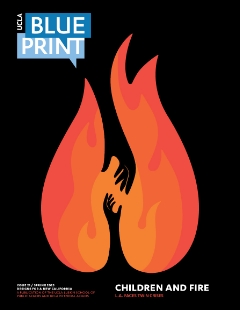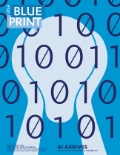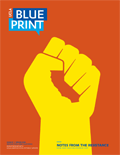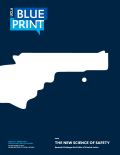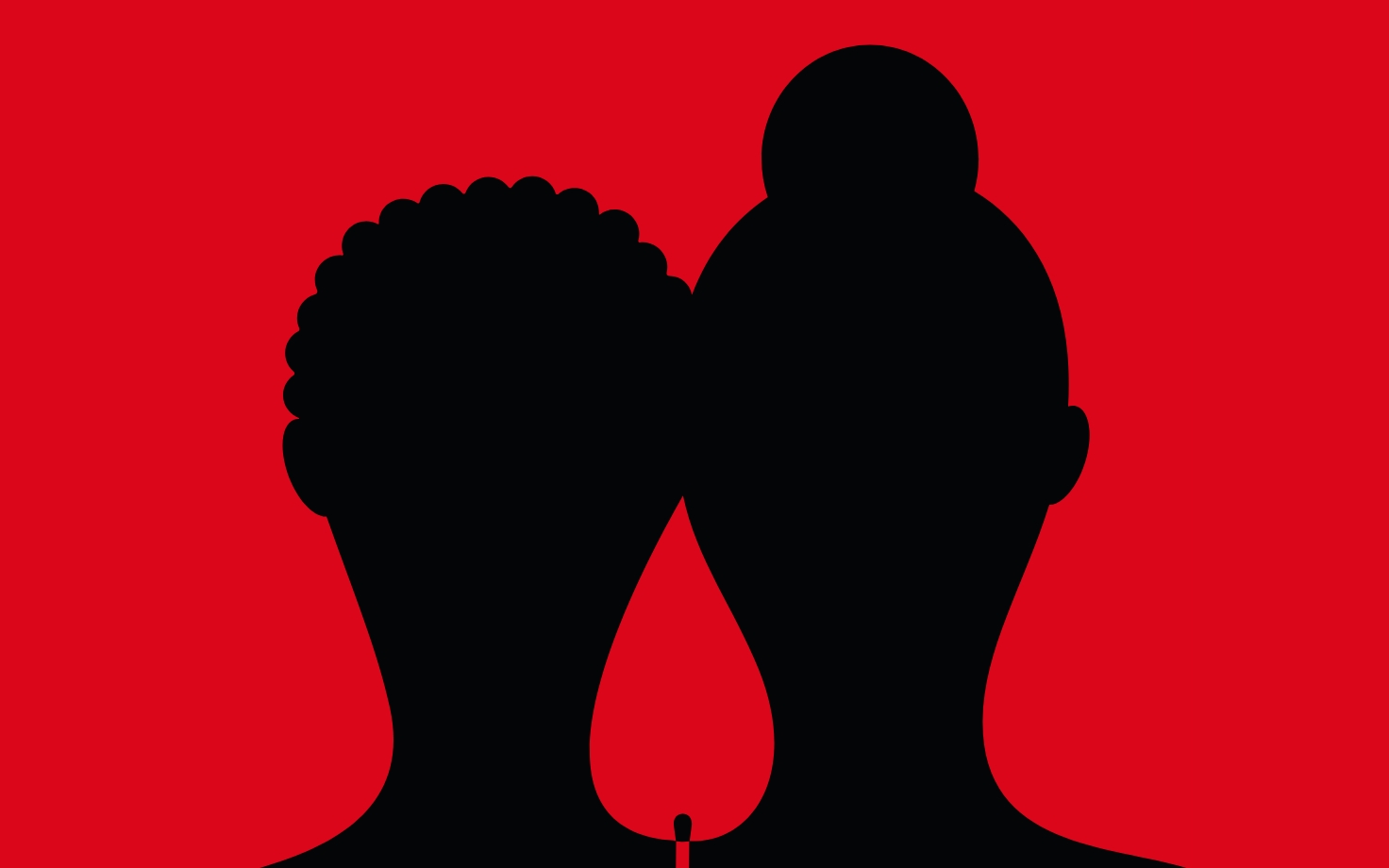MONTHS AFTER THE JANUARY WILDFIRES WERE EXTINGUISHED, THE devastation remains widespread: There are families who lost a home or even a loved one; children whose school burned; business owners whose life’s work literally went up in flames; workers whose income disappeared instantly.
Tyrone Howard recognizes the gravity of these and other losses. But the professor at the UCLA School of Education & Information Studies (SEIS) also sees the situation through another lens.
“In a lot of ways, that’s a microcosm of what youth in foster care deal with on a regular basis,” said Howard, who is also co-director of the Pritzker Center for Strengthening Children and Families.
That’s not simply a pointed comparison — it’s also the seed of a new project where Howard is the principal investigator. In March, he and a Pritzker Center team secured funding to examine the disaster’s impact on those in the child welfare system. “The Aftermath of the Eaton Fire: Foster Care and Education Disrupted” is scheduled for completion in the fall.
Taylor Dudley, executive director of the Pritzker Center and a leader on the project, said there were a couple spurs: SEIS Dean Christina Christie issued a request for research proposals; and the UCLA Bunche Center published a brief examining the Eaton Fire’s disproportionate impact on the Black population in Altadena (West Altadena in particular was a long-standing hub of African-American life in Southern California).
Dudley told Blueprint she approached Howard with a suggestion: “I think we should layer education issues on top of this. He said, ‘Let’s do it.’” They contacted leaders of the L.A. County Department of Children and Family Services, who agreed on the need for this kind of research.
South L.A. and the Antelope Valley have higher concentrations of youth in foster care, but according to the project proposal, the DCFS estimates that 500 families with active child welfare cases were affected by the fires. Dudley said two group homes in Altadena burned. Five schools were damaged or destroyed.
The upheaval of these children’s lives was now compounded by catastrophe.
“When a child is removed from their home and separated from their parents, or placed in the child welfare system, that’s a separation and a trauma that we know impacts children for a lifetime,” Dudley said. “We also know that these fires, their devastation, their displacement, are significant, and compound the trauma that our kids have already faced.”
The project will involve components such as mapping and analyzing U.S. Census data. That, said Howard, will help researchers determine such things as the percentage of young people in the fire areas who were in foster care.
“The map will allow us to get some geographic patterns, trends, and really see if these young people who were already in care are at even more risk,” he said, “because of the fact that they don’t have proximity to certain kinds of resources.”
The concern is high. Dudley pointed to research conducted after the 2018 Camp Fire in Paradise, Calif., showing high educational impacts for children facing social vulnerabilities.
The Pritzker Center project expects to produce a report that will include recommendations on how to serve area children in foster care and protect their educational success. Plans call for a public event including DCFS staff and county leaders.
Howard also sees the potential for a longer-term impact, one recognizing that fires and other disasters will likely occur more frequently.
“There are close to 30,000 people in foster care in Los Angeles County, and those placements are always very precarious,” he said. “All it takes is the slightest sort of occurrence that can cause a major disruption in a child’s life once again.”
That, he adds, is why project leaders want to hear from the families impacted by the Eaton Fire, and to learn what they need most. Is it emotional support, he asked. Academic or psychological support?
“We want to get a picture firsthand of what’s going on,” Howard said, “and then hear from those most affected by what they need at this point, so it can inform us for future unfortunate tragedies.”
